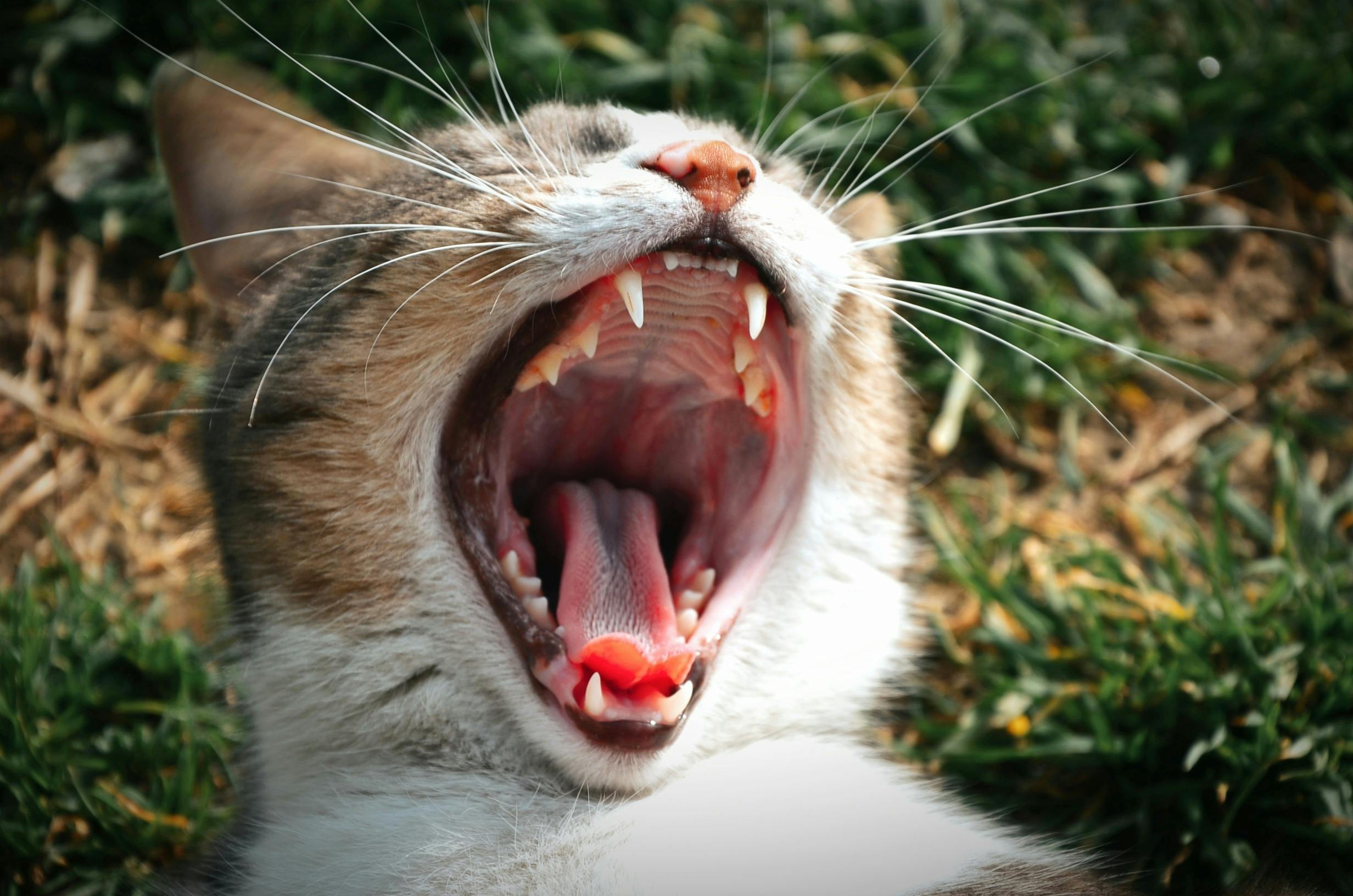Are straws bad for your teeth? This is a question that is often asked by people who are looking to find ways to protect their dental health. Straws have become increasingly popular as a way to enjoy drinks while protecting teeth from staining or other damage. But is this really the case? In this article, we will take a look at the potential dangers of using straws and whether they can actually be bad for your teeth.Yes, straws can be bad for your teeth. Drinking sugary drinks through a straw means the liquid goes straight to the back of your mouth, which increases the amount of contact with your teeth and therefore increases the risk of dental decay. Additionally, if you use a bent or chewed straw, it can cause abrasions on your gums and teeth.
The Effects of Straw Use on Teeth
It is becoming increasingly common for people to use straws when they consume beverages. While straws can be helpful in reducing the risk of spills, they can also have a negative effect on your teeth. Many studies have found that long-term or frequent use of straws can cause damage to the enamel of your teeth, as well as other oral health problems.
When you use a straw, the liquid inside is forced up against your teeth at high speeds. This causes the enamel of your teeth to erode over time, leaving them more susceptible to decay and discoloration. Additionally, when you use a hard plastic straw, it can scratch and damage the enamel on your teeth or even cause chips in them. The acidity level in certain beverages can also contribute to the erosion of tooth enamel if consumed through a straw.
If you are going to continue using straws, it is important to take extra care when doing so. Try using a soft plastic or silicone straw instead of hard plastic ones as these are less likely to cause damage. Additionally, try not to sip the liquid from the straw too quickly as this will only increase the force with which it comes into contact with your teeth. If possible, try not to leave liquids in contact with your teeth for extended periods by drinking them quickly and then rinsing out your mouth afterward.
Overall, while using a straw can be beneficial in certain situations, it is important not to overuse them or use them incorrectly as this may lead to damage to your teeth and other oral health issues. It is always best practice to consult with a dentist before making any changes in habits that involve consuming liquids through a straw if you are concerned about potential damage.
The Benefits of Straws for Children’s Teeth
Using straws to drink is a great way for children to protect their teeth from the damaging effects of sugary, acidic, and carbonated drinks. Not only do straws help prevent staining and tooth decay, but they can also reduce the risk of tooth enamel erosion. By directing the liquid away from the teeth, drinking through a straw can help keep teeth healthy and strong.
Straws are also beneficial for reducing sugar intake. Studies have shown that when children drink from a straw, they consume less sugar than when drinking directly from the container. This is because a smaller amount of liquid passes over the taste buds when using a straw, which may lead to fewer cravings for sugary drinks.
Finally, using a straw can help children learn how to drink more slowly. When sipping through a straw, liquid is consumed at a slower rate than when drinking directly from the container. Slowing down how quickly liquids are consumed can help reduce the risk of choking or developing dental cavities due to prolonged exposure to sugars or acids present in certain beverages.
In conclusion, straws offer numerous benefits for children’s oral health. Using a straw helps protect teeth from enamel erosion and staining caused by sugary or acidic drinks, reduces sugar intake by limiting exposure to taste buds, and encourages children to drink more slowly in order to reduce their risk of choking or developing cavities.
Dental Health Concerns with Plastic Straw Usage
The use of plastic straws has become more popular in recent years due to its convenience and affordability. While plastic straws may be a convenient way to enjoy your beverage, there are serious dental health concerns associated with their use. The most common concern is the potential for bacteria to accumulate inside the straw, which can lead to cavities or other oral infections. Additionally, plastic straws can cause damage to the enamel of teeth if used too often. This can lead to sensitivity and discoloration of teeth over time.
To reduce the risk of dental health concerns associated with plastic straw usage, it is important to practice good oral hygiene habits and limit the amount of time spent drinking with a straw. It is also important to always brush your teeth after consuming beverages with a plastic straw. By following these simple steps, you can help reduce your risk of developing serious dental health issues from using plastic straws.
Potential Damage to Tooth Enamel from Straws
Straws are a convenient way to enjoy our favorite drinks, but they can potentially cause damage to tooth enamel. The damage is caused by the acid in the drink and the repeated contact of the straw with the teeth. The acid can erode the enamel, leaving teeth more susceptible to cavities and other forms of decay. Additionally, when drinking through a straw, you may be more likely to swallow air bubbles which can also cause damage to tooth enamel.
To reduce the risk of damage from straws, it is important to use them correctly. Sipping slowly and drinking only as much as needed can help minimize contact between the straw and teeth, as well as reduce air bubble intake. Additionally, using a straw made of materials that won’t erode easily will help ensure that your tooth enamel is not damaged over time. Finally, if possible, opt for drinks with lower levels of acidity whenever possible. Taking these precautions can help protect your teeth from potential damage caused by using straws.

What Are the Alternatives to Plastic Straws?
The growing awareness of the environmental impact of plastic straws has led many people to look for alternatives. Reusable straws are one option, and there are many types available on the market. Stainless steel and glass straws are both durable and easy to clean, while bamboo and silicone straws are better suited for everyday use.
In addition to reusable straws, some companies offer compostable straws made from paper or plant-based materials. These compostable alternatives will decompose over time, making them a more environmentally-friendly choice than traditional plastic.
Strawless options are also becoming increasingly popular. For example, some restaurants now offer customers reusable lids that allow them to sip drinks without needing a straw. Other businesses have switched to paper or edible straws that can be disposed of without creating waste.
Finally, some consumers are choosing to forego straws altogether and simply drink directly from their cup or glass. This is an especially good option for those who don’t need a straw for medical reasons or other special needs.
Overall, there are a variety of alternatives to plastic straws available today that can help reduce our environmental impact. Whether you choose reusable, compostable, paper, edible or no-straw options, you can do your part to reduce plastic waste and help preserve our planet’s resources.
Comparative Analysis: Reusable vs. Disposable Straws
In recent years, the debate between reusable and disposable straws has been growing in popularity. While some advocate for the use of reusable straws, others still prefer the convenience of disposable straws. It is important to understand the advantages and disadvantages of both types of straws in order to determine which is the best choice.
Reusable straws are typically made from metal, glass, or silicone and can be used multiple times without needing to be replaced. This makes them a more environmentally friendly option than disposable straws since they create less waste. Additionally, they come with a variety of features such as built-in cleaning brushes, foldable designs for easy portability, and even some that are designed to keep drinks colder for longer periods of time.
However, there are also some drawbacks to using reusable straws. They tend to be more expensive than their disposable counterparts and often require more effort to clean in order to maintain their hygiene levels. Additionally, metal or glass straws can be difficult to carry around due to their size and weight.
On the other hand, disposable straws offer convenience but come with several environmental concerns. They are usually made from plastic which is not biodegradable and takes hundreds of years to decompose if not recycled properly. Furthermore, most disposable straws cannot be recycled due to their small size and complex composition which leads them straight into landfills or oceans where they can cause significant pollution problems.
When considering both options it is important to weigh out the pros and cons before making a decision about which type of straw is best suited for your needs. Reusable straws may provide more benefits in terms of environmental friendliness but may require extra time for cleaning; whereas disposable ones may offer convenience but come with a greater environmental burden due to their non-biodegradable nature.
Ultimately both types have unique advantages and disadvantages so it’s important to do your research before deciding which option is right for you.
Advantages of Using Plastic Straws
Plastic straws are an affordable, convenient way to enjoy a variety of drinks. They are lightweight, flexible, and strong enough to last for multiple uses before needing to be replaced. Plastic straws are also non-toxic and safe for kids to use. Most importantly, they are easy to clean and don’t require any special treatment like certain other materials do. Additionally, plastic straws come in a wide variety of colors and sizes, allowing customers the ability to customize their drink experience.
Disadvantages of Using Plastic Straws
The main disadvantage of using plastic straws is the environmental impact they have. Plastic straws are made from non-biodegradable materials which means that they don’t break down naturally in the environment and can end up in landfills or polluting our oceans. Additionally, plastic straws may contain harmful chemicals which can leach into our food and drinks if not disposed of properly. Finally, plastic straws can be difficult to recycle due to their small size which means many end up in landfill or the ocean.

Conclusion
Straws are incredibly convenient to use and can help us to avoid staining our teeth with certain beverages. However, their use should be limited and balanced with other oral hygiene practices such as brushing and flossing. Not only should they be used in moderation, but it is also important to consider the type of straw being used. Opting for paper or metal straws over plastic ones can help reduce environmental damage. Ultimately, straws can be beneficial for our teeth, but only if they are used sensibly and in moderation.
Therefore, it is clear that straws can have an impact on our teeth, both good and bad. They are a useful tool when it comes to avoiding staining our teeth or consuming sugary drinks, but they must be used responsibly and in moderation. Straws should also be chosen carefully – opting for paper or metal over plastic is the best way to reduce environmental damage caused by their use.
